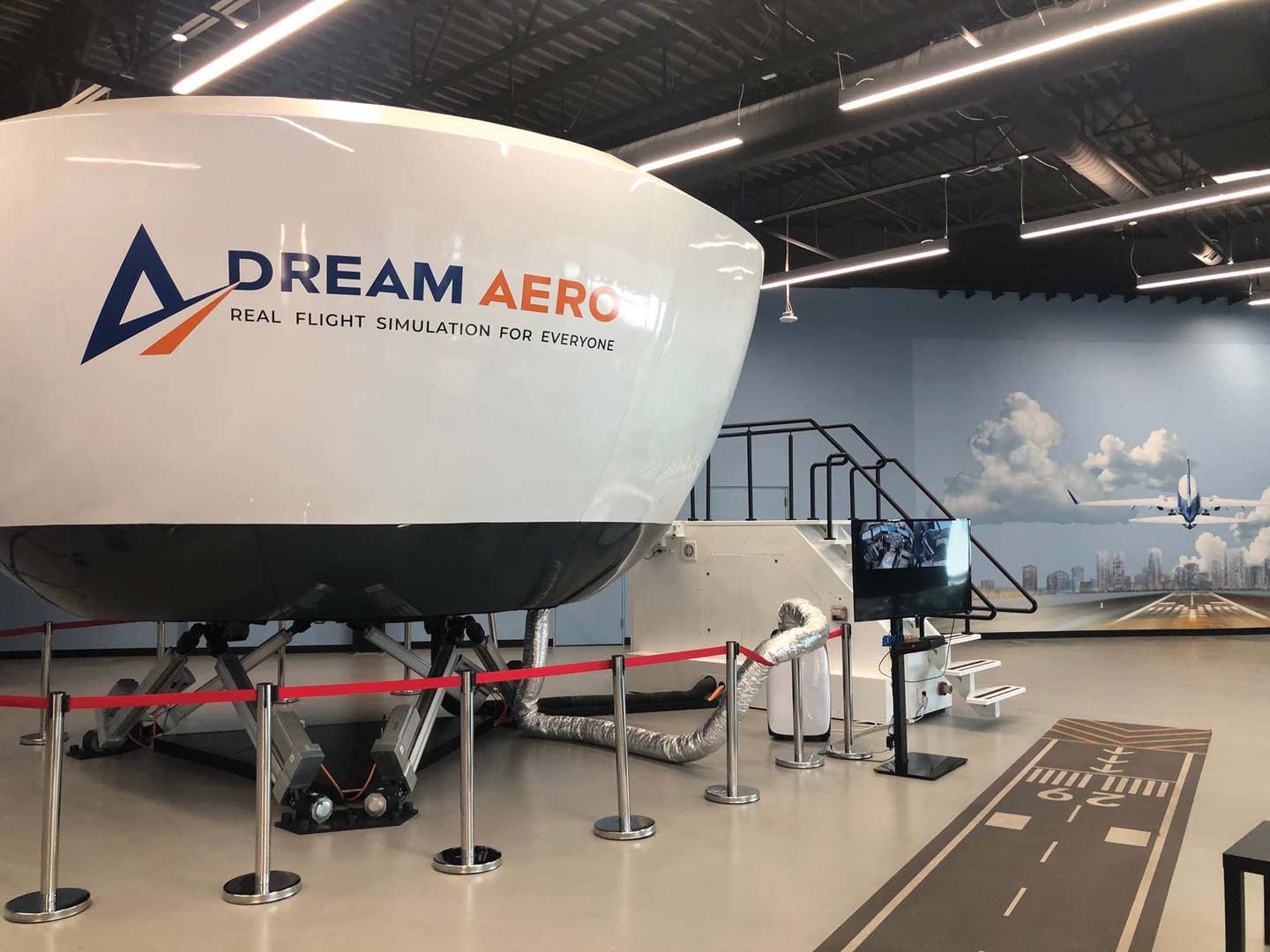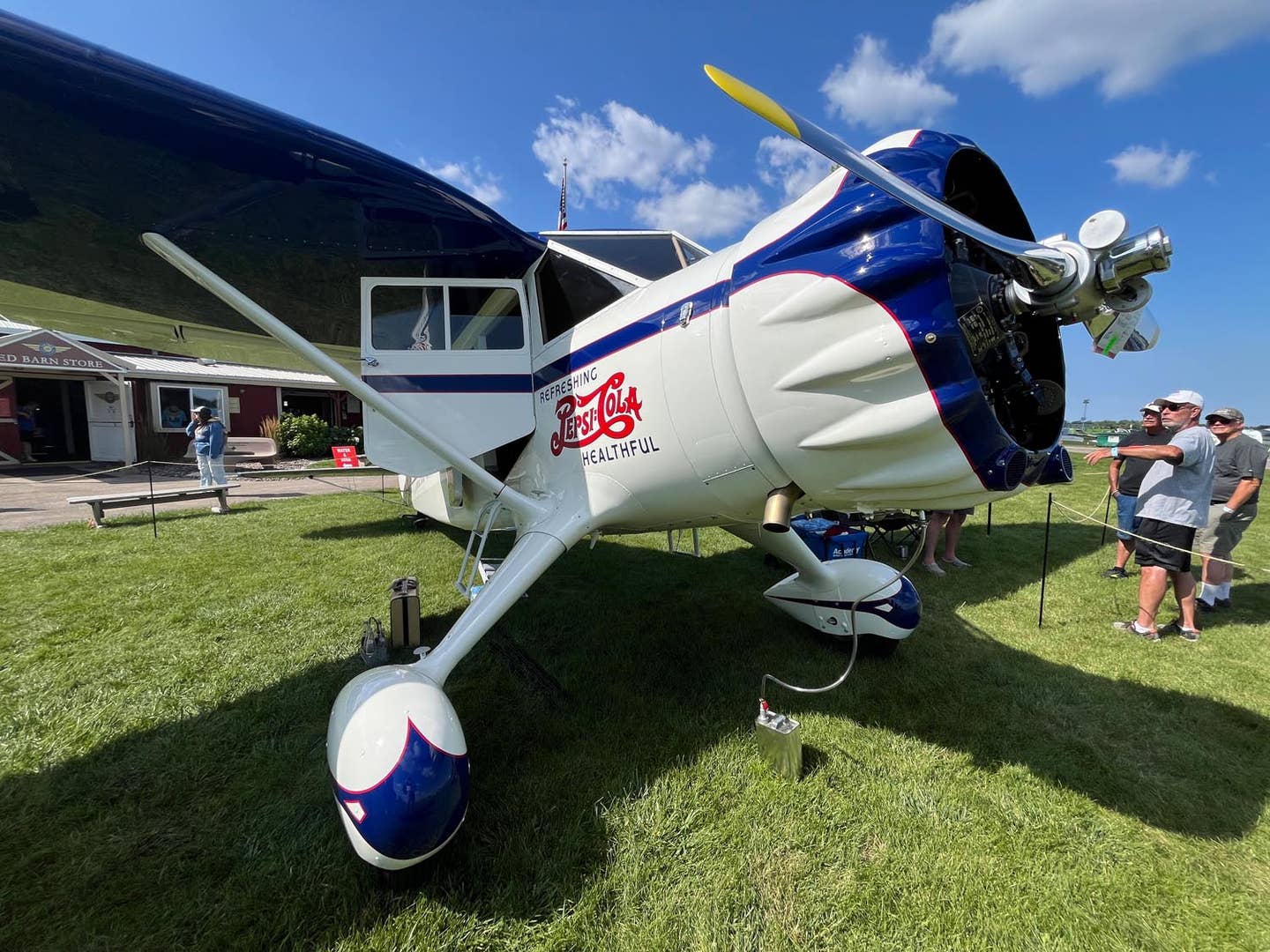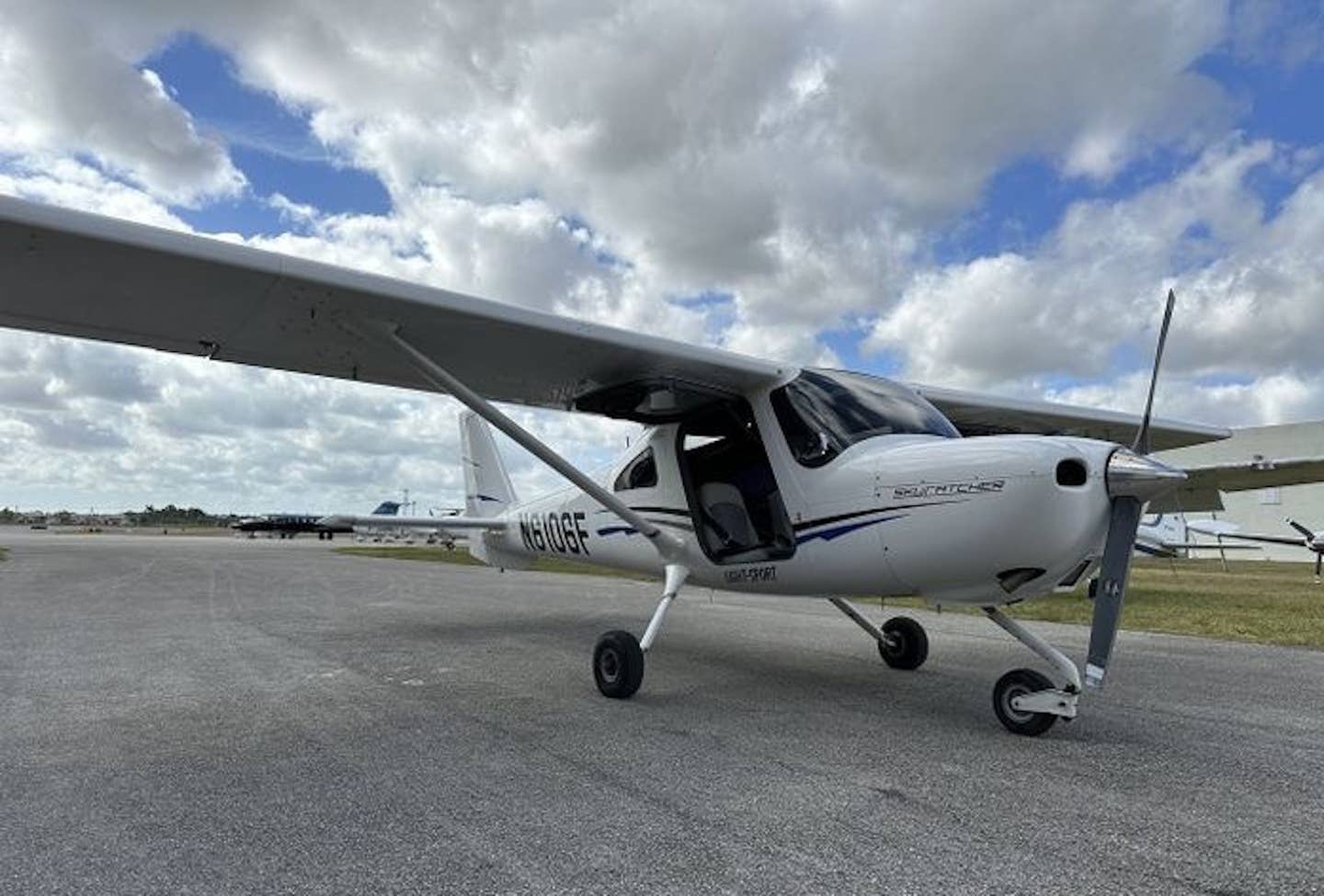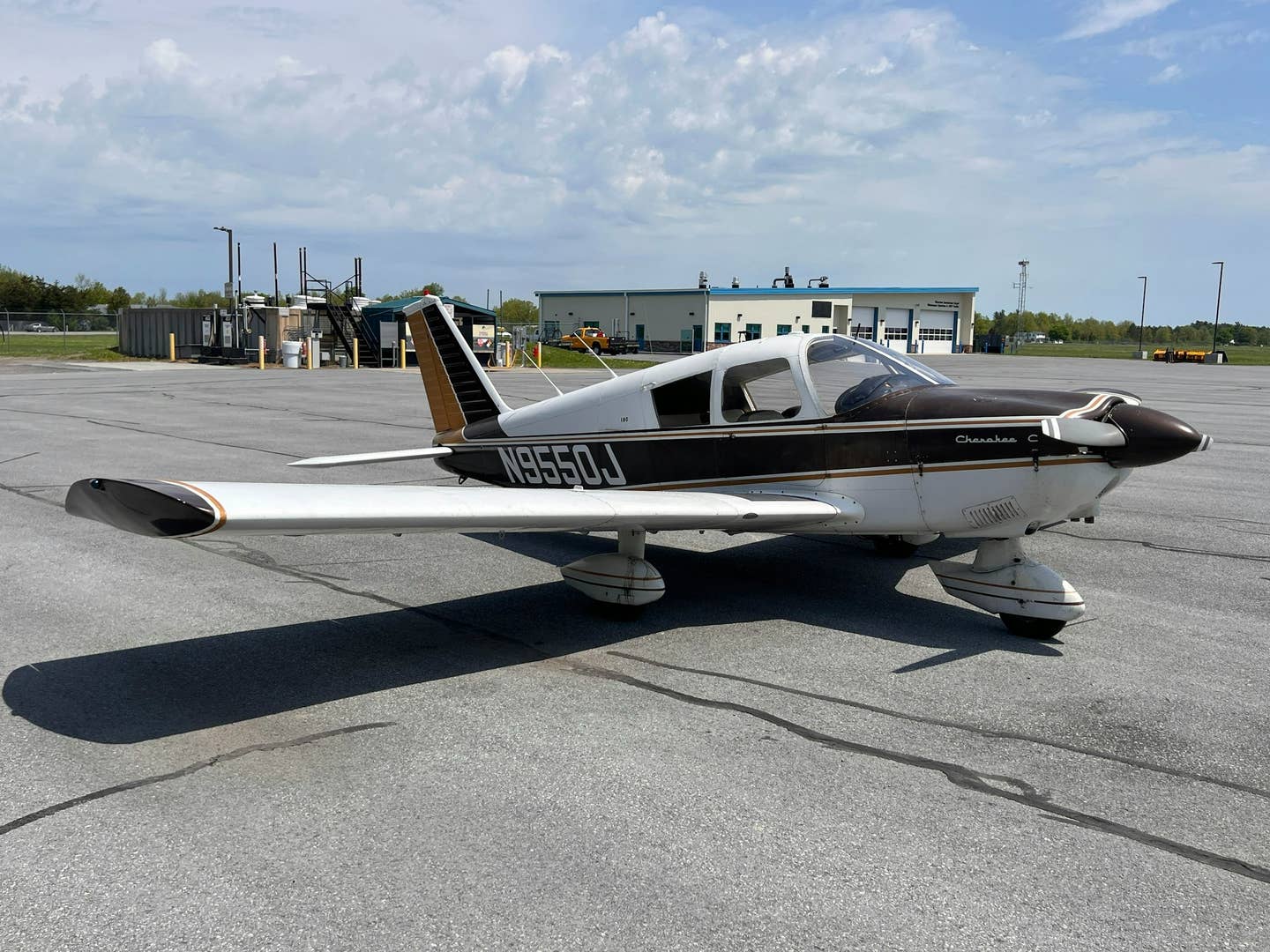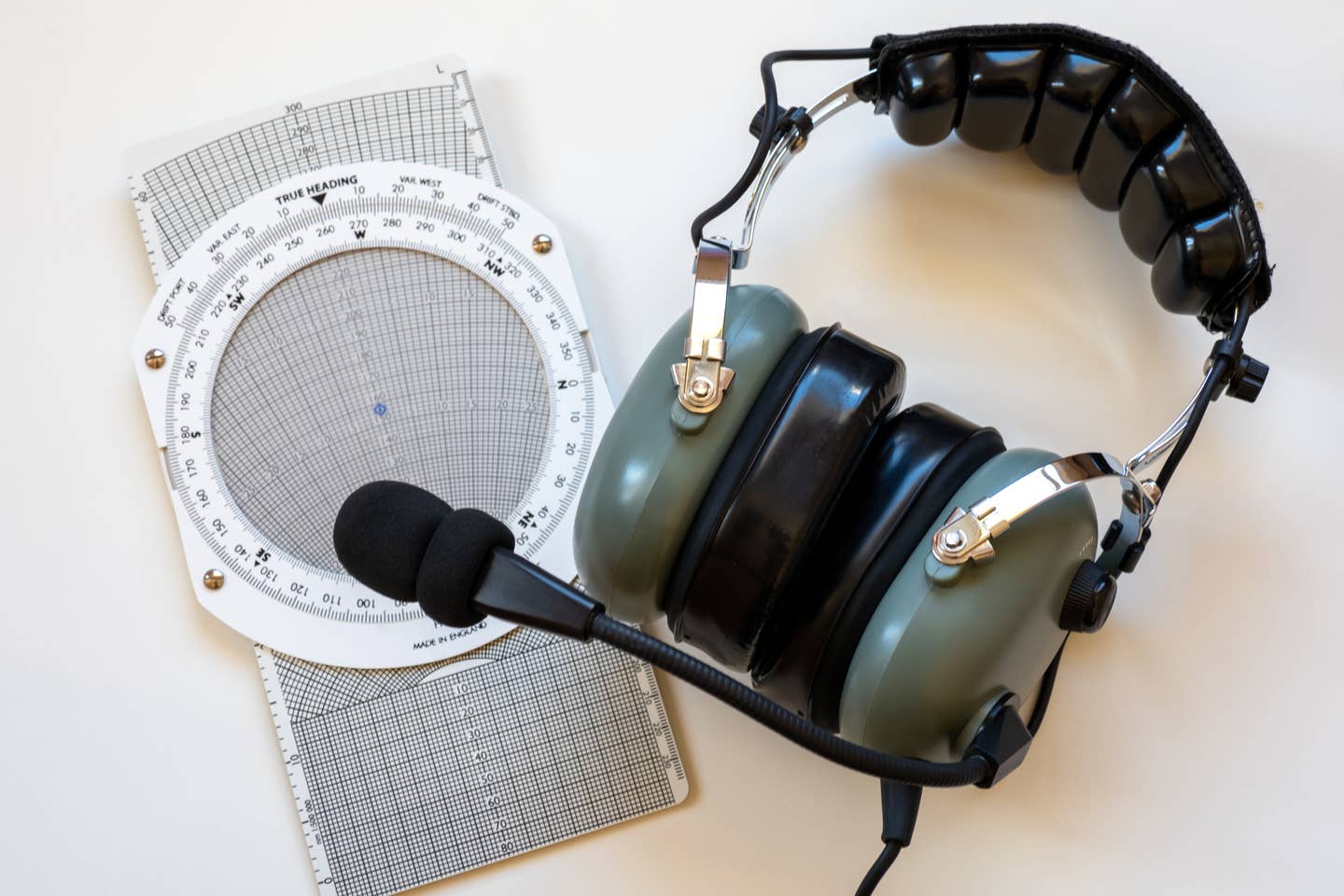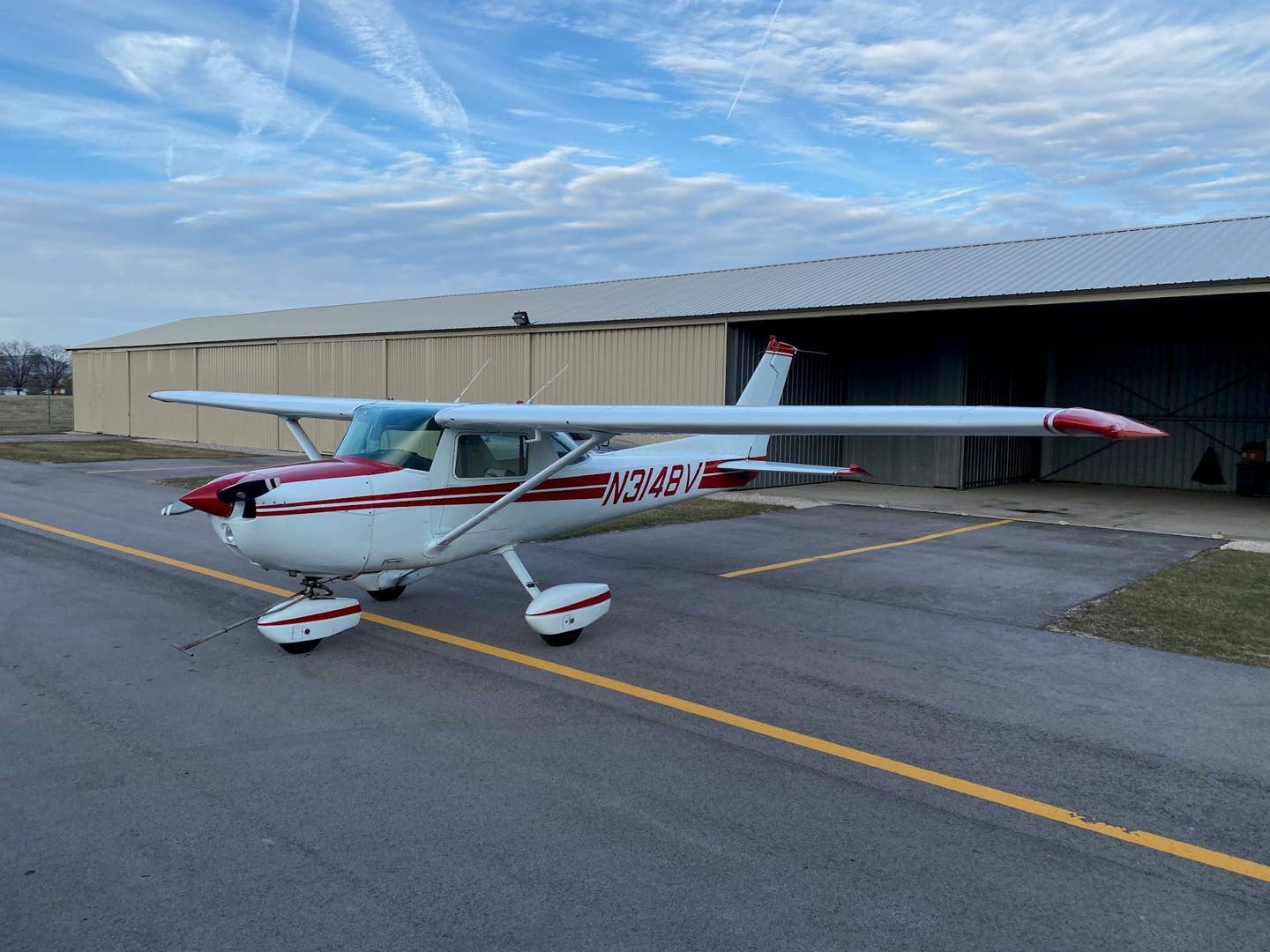Should Budding Pilots Buy Their Own Airplanes?
More times than not, budding pilots will think about buying their own airplanes to learn to fly, thinking it’s better to build equity rather than throw money away by renting…

It may be difficult to find an instructor willing to take on a student pilot who has his/her own airplane. [Adobe Stock]
More times than not, budding pilots will think about buying their own airplanes to learn to fly, thinking it’s better to build equity rather than throw money away by renting an airplane from a flight school. Monetary considerations aside, some students believe it makes sense to learn in the aircraft they’re going to be flying after they get their certificate.
But, as always, the devil is in the details. When it comes to student ownership, there are definitely cons to offset the pros. While buying instead of renting may look like a logical move—assuming you’re doing well enough to pay for your own airplane—the concept may not be as rational as it appears.
The Right Airplane?
The airplane you really want to own after you get your certificate may not be the best primary trainer. An airplane designed for learning to fly is typically a low-horsepower, two-place, economical-to-operate light aircraft. If you plan to use your newfound privileges for travel, exploring, or carrying a family, you’ll need four or more seats, with reasonable speed and adequate range. Do you really want to burn 10 gallons per hour or more practicing slow flight and steep turns?
Bear in mind that most family-type airplanes are not good vehicles when it comes to learning the art of flying either. Many larger aircraft are actually too stable and too easy to fly. The best trainer is an airplane that responds to mistakes in a noticeable manner, giving feedback that is often masked while flying a gentle cruiser. When learning stalls and landings, you want a trainer that delivers a message, clearly and unmistakably.
Next, why should you abuse your dream machine by banging into the runway, shoving the throttle in and out, and hanging on the prop doing stalls? It’s probably better to learn how to fly with finesse using the sturdy rental aircraft of your flight school before you put down the money on your dream machine.
And, most importantly, learners eager to buy their own airplanes frequently do so without guidance. Any aircraft purchase should involve a mechanic’s advice, including a prepurchase inspection disclosing flaws and paperwork issues. It is not uncommon for after-acquisition problems to show up that preclude taking instruction or checkrides in the airplane. Any potential money to be saved over rental charges is eaten up in corrective repairs.
Take Your Time
I always advise students and freshly-rated new pilots to avoid rushing into ownership right away. Take time to rent or beg demo rides in various different airplanes, trying them on to see if their appealing looks translate into desirable flying qualities, comfort and roominess, and performance. When you’re starting out, you really don’t know what you don’t know, and are therefore susceptible to bad advice, sales pitches, and lustful dreams. Take time to date a few prospective flight partners, just so you don’t wind up in a disappointing, costly relationship.
Case in point from my own airport: A newly minted, Skyhawk-trained pilot with about 50 hours bought a 65-year-old Beechcraft Bonanza a few days after he got his certificate, an experience that hasn’t worked out well for either of them.
Are You and It Insurable?
And then there’s the matter of insurance. If you are a student pilot, flying a simple two- or four-place airplane, you can expect to pay 25 to 30 percent more than a rated pilot to get coverage, according to Scott Smith at Iowa-based SkySmith Insurance Agency. That has to be factored into the cost of ownership. Insurance companies don’t like lifetime students, so renewal becomes progressively more difficult if you don’t move along to the check ride.
Owner students tend to vacillate rather than finish in a timely manner, often taking years to do so. Invariably, when I trained primary students in their own airplanes, they would acquire more than 100 hours of flight time before taking a check ride, roughly double what renter students logged. The pain of renting incentivizes, it seems.
Suit-Shy Teachers
It may be difficult to find an instructor willing to take on a student pilot who has his/her own airplane because of perceived liability issues. A rental ship has to be checked out from the flight school’s operations desk and returned on a schedule, so the supervising instructor has some control over a student’s comings and goings, once soloed. Weather, darkness, and fuel shortage hazards are backstopped with extra eyes and hands, confirmed before the key to the airplane is handed over.
By comparison, there’s little to keep an owner student from succumbing to the temptation to fly on a whim, endorsement stipulations notwithstanding. The liability incurred with a nonrated owner being able to roll out the airplane without supervision may dissuade CFIs from taking the risk of having a learner go rogue. Good intentions and promises to the contrary, the temptation to go flying without authorization is great, and most instructors have had bad experiences with owner students.
I’ve heard of passengers being carried, clandestine cross countries taken, and even a charter flight completed by a student pilot, all undertaken without the benefit of clergy. Oh, sure, CFIs can elicit a promise (or stipulate in the solo endorsement) to always check with them before flying, and owners will offer to let the instructor keep the key in his or her possession—but a strong desire to go flying on a sunny day is hard to resist, and keys can be duplicated. Is it any wonder, in these litigious times, that CFIs do not want to assume the risks of taking on an owner learner?
I recall the experiences I had with my student, Joe, a family friend who had purchased a nice Piper Cherokee. I went by the hangar one fine Saturday morning and found the plane missing. Time went on and by midafternoon I was getting concerned—Joe had not returned. Just as I was about to mount a search, the errant PA-28 appeared in the pattern.
Joe said, “Oh, I figured you wouldn’t mind. It was such a nice day. I flew over to XYZ and got to talking, lost track of time.” He knew the rules about cross-country planning and sign-offs, but he just wanted to go out joyriding.
After a few more disturbing disappointments with other owner students, I gave up on the concept. “Get your certificate in our airplanes” became my standard response to such inquiries, “and then I’ll help you learn to fly your bird.”
To pleading entreaties, I would say, “I know I could trust you to obey the rules, but if I make an exception for you, I’ll upset all those other people I’ve turned down, so I can’t do it.”
It Costs More Than They Think
Student pilots with their own airplanes usually underestimate the cost and tasks of maintaining them. You must have a trainer inspected every 100 hours, not just annually, something that can slip up on a new owner. And then there are oil changes, transponder checks, ELT tests, and battery replacements to monitor, and recurring AD requirements that need to be met. Keeping track of these things often falls on the shoulders of the CFI, and they can be overlooked.
Owning an airplane means taking on taxes, storage, insurance, maintenance, servicing, and record keeping. These are distractions a student pilot doesn’t need while involved with learning to fly. There will be plenty of time to take on ownership after completing one’s initial training.
If you’re a student pilot with a strong desire to learn to fly in your own airplane, don’t proceed with a purchase without lining up a CFI, an insurer, and an A&P who are willing to work with you.
Editor's note: This story originally appeared in the August 2023 issue of Plane & Pilot magazine.

Subscribe to Our Newsletter
Get the latest Plane & Pilot Magazine stories delivered directly to your inbox

